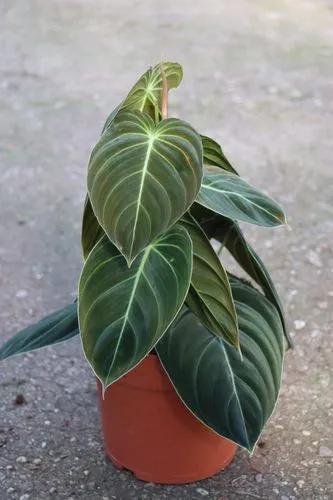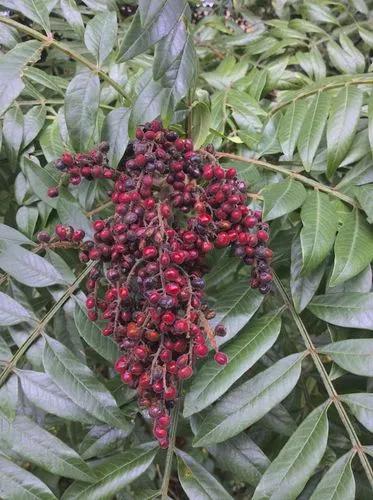White Snakeroot is a charming native wildflower that brings an elegant touch to your outdoor landscape. With its delicate white blossoms, it adds natural beauty to your surroundings. However, it's essential to be aware of its potential toxicity.
White Snakeroot Care
Ageratina altissima



White Snakeroot, scientifically known as Ageratina altissima, is a perennial wildflower that stands at a modest 2-4 feet (0.6-1.2 meters) in height. It boasts clusters of small, fluffy white flowers and distinct serrated leaves, typically in a lush green shade, its main identification features. You can often spot this wildflower in woodlands and open areas, where it serves as a valuable nectar source for pollinators.
How to Care for the Plant

Fun fact

White Snakeroot is toxic to livestock due to a compound called tremetol, causing "milk sickness" in cattle if ingested. Historical incidents, including the death of Abraham Lincoln's mother, raised awareness of this toxicity. However, some Native American tribes once used it in herbal medicine, primarily to treat snakebites and fever, despite its toxic nature, but its use has waned over time.

Popularity

824 people already have this plant 55 people have added this plant to their wishlists
Discover more plants with the list below
Popular articles






